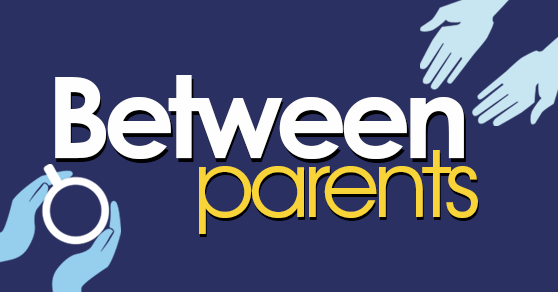PowerPoint: Friend or Foe?
Last week my Third Grader gave a presentation on Bigfoot. She used PowerPoint. Let me repeat those facts - she's in Third Grade and gets the chance to use PowerPoint! (Anyone else think "Sheesh!!!"?) When I was in third grade I am pretty sure I had to carve my presentations out of granite and write on them with lead-based paint. Anyhow...while it sounds like the teacher was pleased my daughter's grasp of all things Yeti-related and gave her high marks, she also gave her this piece of feedback:
Makes sense. My daughter struggled with one of the primary foul balls of most Powerpoint presentations. Reading your slides like everyone else can't.
The teacher gave critical feedback. Don't read your slides. Talk to the audience about the facts in your deck. Hopefully between now and college graduation, my daughter will improve her presentation skills. Shoot - I hope my presentation skills improve between now and her graduation!
I've given more than my fair share of mediocre PowerPoint presentations. I've prepared slides breaking every possible rule for audience engagement. I've read my slides (like my little girl) and I've lulled audiences into a state of numbness usually reserved for toes in ski boots. Fortunately, through the years, I've also been coached out of many of those habits. If you don't know those "rules" or how to avoid the pitfalls with PowerPoint, spend a few minutes reading Seth Godin's tips. I couldn't possibly agree with his perspective more.
However, aside from breaking the mechanical rules for executing a well-written and competently delivered PowerPoint, there's something more important that dies when you use slides. What dies is ENGAGEMENT. In the hierarchy of senses, your eyes beat out your ears. This means that if your audience is listening to you and then they have something in their line of sight, their eyes will overrule their ears. They are more likely to be engaged when they see something than if they hear something. This is the reason why you shouldn't try to have a meaningful conversation with someone while they're watching tv.
But doesn't this mean that we should use PowerPoint for visual engagement? Perhaps.
However, for that to be effective, you need to allow the words/images on the screen to be processed before you speak. To do that requires discipline that most presenters don't have. You either have to put VERY little information on the slide OR you have to carefully guide the audience through the meaning of the content on the slide before saying ANYTHING else. Most of the time, that doesn't happen, which is why Seth Godin's approach makes sense.
What I think is even more effective than following "the rules" - is contained in this little three line principle:
Tell me, I forget.
Show me, I remember.
Involve me, I understand.
If you have information on your slides that's static (numbers, facts, data points), you're lecturing people and wasting their time. Your presentation will be utterly forgetful. Data can be informational, but it is seldom engaging. If you actually SHOW something with your slides -- movement, images, something unexpected, you're much more likely to be memorable. However, your real potential is to tell a story to draw people in. A story that people connect with INVOLVES the audience. It is what brings understanding. Use your slides for visuals to help you tell the story.
While lectures will always squeeze their time on our schedule, if it's up to you, remember that interactivity wins. Involvement wins. Look at your PowerPoint presentation. Is it engaging? Is it creative enough to be give understanding? If it's not, then PowerPoint is not your friend.

